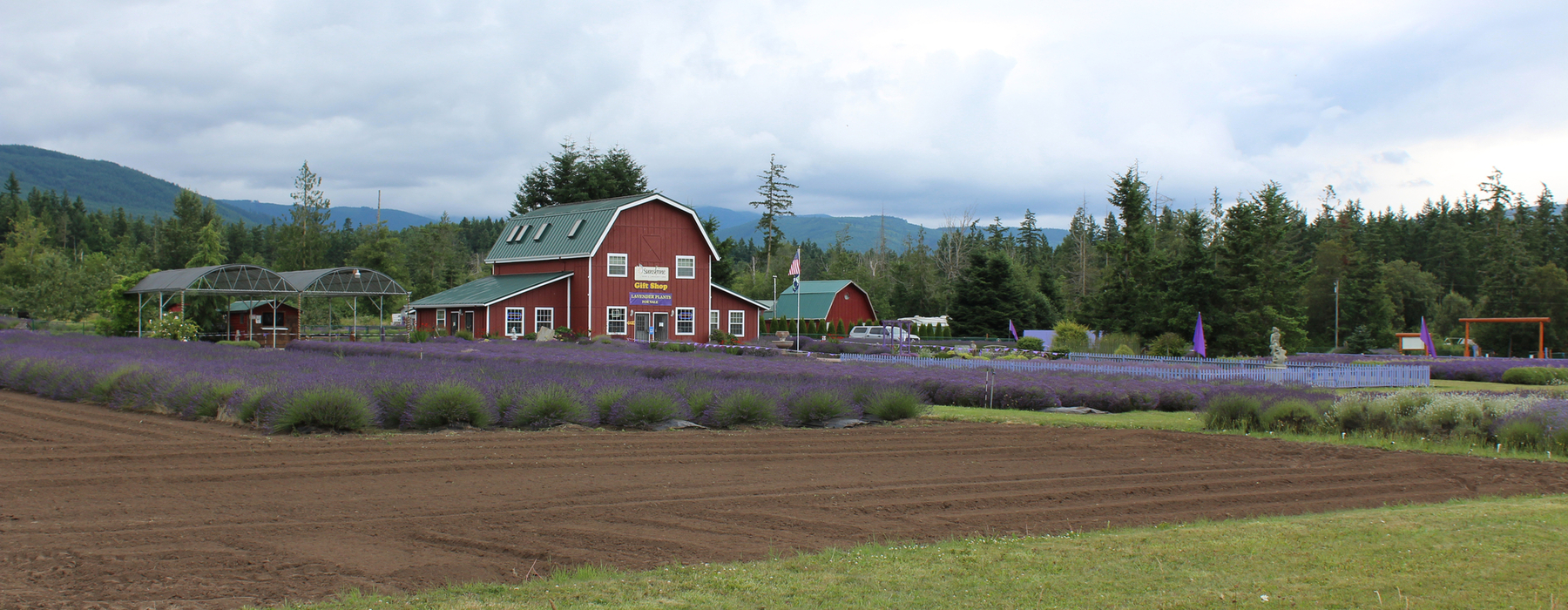One key to having a viable small-scale farm is producing a high-value product. Learn how to get more return on less land.
What is a high value product?
A high value product is something that is worth more to customers than generic or commodity products and returns a higher profit to the farmer than commodity crops. Specialty crops and value-added products can be high value products, if the farmer is able to differentiate his or her product, earning a higher price and generating more profit.
Unlike a commodity, high value products can be very different from farm to farm. Farmers and ranchers can find the products that are the right fit for the farmer’s skills and resources. Sometimes, this means that they can tap into the resources already available on a farm to create a second “stacked” enterprise that makes more complete use of people, land and facilities.
“My business is very small- it’s just me, feeding my critters by hand. I was able to stack this enterprise on my folks’ grazing dairy farm. Now, I’m able to direct market meat to my customers, and I get top dollar for my meat. Because I share facilities and equipment and use ‘waste’ from the larger operation, I control my costs and help the dairy,” says Inga Haugen, a young farmer from Canton, Minnesota.
Why grow high value products?
High value products are a way for small-to-moderate sized farms or ranches to remain economically viable even if they can’t compete with large-scale commodity production. A stacked enterprise making a high value product can also buffer risks of volatile crop prices or weather extremes.
How do you tap into a high value market?
Many consumers are seeking to find a more wholesome product that reflects their values. In fact, a nationwide Roper poll found that, by a 2:1 margin, consumers trust small farms more than large industrial farms to produce safe food responsibly.
These are the customers that small farms with specialty products need to reach.
But getting product to customers can be difficult, especially with considerations of an individual farm’s low production volume, seasonality, shipping costs, and supply interruptions. Fortunately, there are ways to market that avoid many of these problems and help you reach customers:
- farm-based businesses
- farmer-owned cooperatives
- other joint marketing setups
- direct marketing to customers
Even higher value markets?
Customers look for products that are produced in environmentally friendly, humane, and socially responsible ways. Reaching these alternative markets and customers can be key for small farmers.
Tell your story! Customers want to know about who grows their food and how they grow it. By building your product and brand around the qualities customers want, you can capture a larger share of the consumer food dollar.
Our work with entrepreneurial farmers and ranchers
The Center for Rural Affairs has helped dozens of agricultural entrepreneurs and new cooperatives to organize in Nebraska, obtain grant funds for their development, and overcome the legal barriers to selling products. Products include natural and grassfed meat, ostrich byproducts, grapes, dairy products, plant-based soap, farm-raised trout, ecotourism, compost, meat processing facilities, and buffalo. Groups ranged from single farmers/ranchers to multi-state organizations. Our expertise resulted in shortened development time for organization startup, legal procedures and product development.


